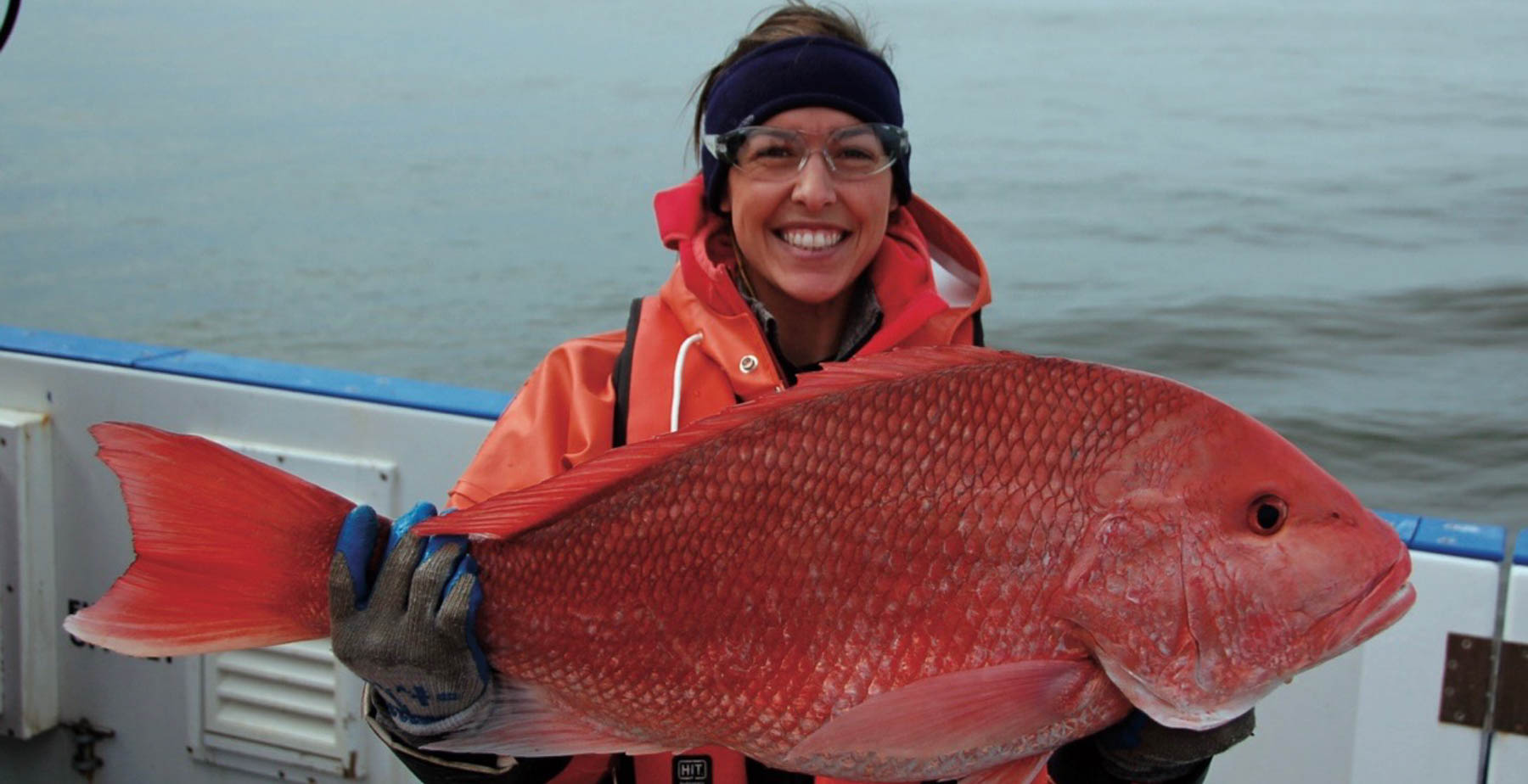The Doctor Is In (the Art Studio)
Posted on February 11, 2019

Dr. Thomas C. Myers remembers clearly how his wife’s attraction to an antique Russian bed featured in a magazine was the catalyst for his art career 13 years ago.
“I looked at the picture of that bed, and I told her I could make it,” he recalled. “I built it within a few months, and she was happy. At the same time, I also found a passion and a love for working with wood.”
Feb. 11-March 15, the art gallery in the University of South Alabama’s department of art and art history will present a variety of Myers’ work in the show, “Felled Flesh: The Practice of Turning Wood.” He will discuss his artistic journey during an artist talk at 3 p.m. on March 7. A reception will follow from 4-6 p.m.
It is the latest art show for the modest and self-taught wood turner, who said he often sees the wood as flesh while he works. His creations have been displayed at the Ogden Museum of Southern Art in New Orleans and the Ohr-O’Keefe Museum of Art in Biloxi, among others.
“When I was growing up, if my dad wanted something, he would build it. He always had books about art in our house. I grew up watching him work and learning from him,” said Myers, a rheumatologist who practices at the USA Mobile Diagnostic Center at 6701 Airport Boulevard.
As an undergraduate, Myers took an art appreciation class, but afterward he focused on his medical studies. After he built the Russian reproduction bed for his wife, he began experimenting with various types of wood and buying a variety of new tools, including a lathe for woodturning. It was then that he found his own expression of art.
The Myers home is filled with examples of his work, both small and large in a variety of shapes and forms. Some resemble baskets, bowls and vases, while others are pure abstracts. Some are painted to bring out what Myers envisioned in the wood as he turned it. Each one’s surface is as smooth as glass, its sheen lustrous.
“It took me about 10 years to find out what I was doing. I didn’t look at anyone else’s art or wood turnings for the first eight years. Then, I bought a book by an English wood turner, and I really began to learn some things,” he said.
His favorite wood is maple, which is flesh-colored, and he likes pieces with unusual markings caused by growth patterns or even damage to the tree at some point during its life. He orders most of his wood on the internet, buying from around the world.
When he isn’t seeing patients, he is often working in an immaculate studio behind the couple’s Spring Hill home. In the artfully landscaped garden outside is a life-sized sculpture in bronze of a woman, the last piece of artwork done by his father before he died, and a reminder of both the skill and creativity that Myers shared with him.
Myers said most of his ideas “usually come to me in the middle of the night,” then the actual work takes roughly 40 hours per piece.
“My enjoyment of and passion for my work originates in that pre-intellectual realm where sight, touch, smell and sound guide the interaction of artist, tool and medium as a work emerges. After that my work becomes increasingly conceptual as I view the work, decide on texture, additional media and finish,” Myers said.
Susan Fitzsimmons, chair of the department art and art history, said that Myers’ work demonstrates that “talent is a word that is often misused, as if there is some alchemy or grace that exists in some, but not others.”
She added: “Art, particularly the art of Tom Myers, who as a child observed his father's work as a sculptor, learned early on that art comes from a passion to make, to understand the self, discipline, and hard work. Dr. Myers has spent many years perfecting his work, combining the precision of his science background with the demands of this difficult craft. His vocation as a doctor and artist are mutually reinforcing and rewarding. Sometimes, I am sure, that his struggle to find form in the wood and model it to perfection, reflect the struggle with diagnosing illness, which also requires careful observation and learning from the source in order to bring forth the cure. The benefit of art is that it captures the struggle in fixed time and form, an object with a permanence that defies us all in real life.
Additional information about Myers and photos of his art can be seen at www.tommyersart.com.





